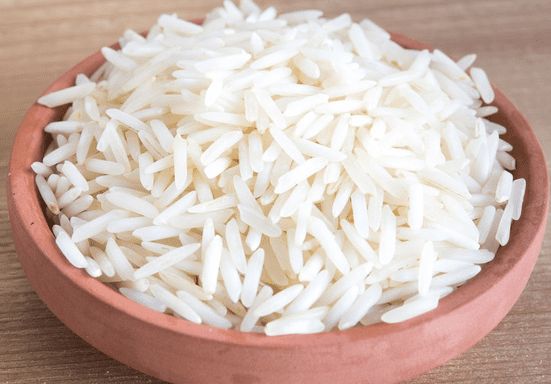
Rice (चामल)
Rice is a staple food in many parts of the world, including Nepal, where it plays a crucial role in the daily diet of the population. Here's a detailed overview of rice, including its nutrient...
Products Related to Rice (चामल)
Get Rice (चामल) From Nearby Stores
No Recommendations Available
We couldn't find any stores with Rice (चामल) products at the moment.